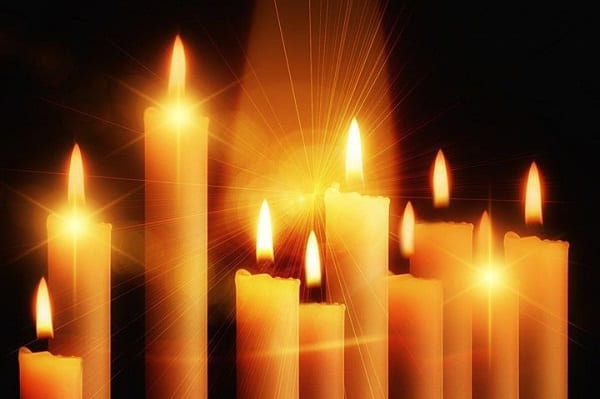
February 2 is the Feast of the Presentation of the Lord. This special feast day was first celebrated in the Roman Catholic Church in the 6th century. It was first called the Feast of the Purification of the Blessed Virgin Mary, which was accompanied by solemn blessings and processions with candles; hence, it was popularly called Candlemas.
In the Bible, according to the Mosaic law, a woman who had given birth to a male child was considered unclean for seven days; in addition, she has to observe a period of purification of blood for thirty-three days. Hence, after a total of 40 days, “she shall bring to the priest at the entrance of the tent of meeting a yearling lamb for a burnt offering and a pigeon or a turtledove for a purification offering.” (Leviticus 12:1-6)
Candlemas also commemorates the presentation of the baby Jesus in the Temple of Jerusalem; at the time of her purification, Mary and Joseph took the baby Jesus up to Jerusalem to present Him to the Lord, just as it is written in the law of the Lord, “Every male that opens the womb shall be consecrated to the Lord.” (Luke 2:22; cf. Leviticus 12:2, Exodus 13:2,12)
While they were at the temple, they met Simeon, a man to whom the Holy Spirit has revealed that he should not see death before he had seen the Messiah of the Lord (cf. Luke 2:26). Simeon took the baby Jesus into his arms and blessed God saying, “Now, Master, you may let your servant go in peace, according to your word, for my eyes have seen your salvation, which you prepared in sight of all the peoples, a light for revelation to the Gentiles, and glory for your people Israel.” (Luke 2:29-32)
Through Simeon, Jesus was first revealed as the “Light of the world.” Hence, the blessing of candles is central to the celebration of Candlemas, because the light from these candles represent the Light of Christ, who is the “Light of the world.”
The blessed candles are meant to be brought home by the faithful to be used for devotional purposes; for example, these candles are to be placed on the family altar, to be lit during family prayer, etc. Traditionally, families have saved these candles to be lit during storms and times of trouble, especially near the bed of a dying family member as a reminder of the Light of Christ and to pray for the intercession of the Blessed Virgin Mary.